Regular readers of Hagerty Media may have seen we covered the original Saab Sonett, a project that was canned in the late 1950s. At the time, it looked as though any aspirations that the Swedish company may have had to build a sports car, had gone forever. But by the beginning of the 1960s, US dealers were pushing for Saab to build something more overtly sporting than a hot version of its regular saloon. They hadn’t forgotten the interest sparked by the Sonett I, and they knew that a successor which people could actually buy, would be a winner if done correctly.
European sports cars were starting to sell in big numbers across the US, especially the more affordable models from the likes of MG and Triumph. Saab could have a piece of the action with its own two-seater sports car, although the consensus was that the new car should have a targa configuration; this was three years before Porsche came up with that name for its open-topped 911.

Other demands put forward by those Saab dealers was wind-up windows – many cheap sportsters of the time still featured side screens – and decent roadholding, so that the car’s performance could be exploited safely. A heater would also have to be standard fitment; again, not something that you could take for granted on some of the cheaper sports cars of the early sixties.
The decision was made to outsource the development of the project, so two prototypes were commissioned in January 1963; they would have to be ready for evaluation in February 1964. One was designed by Saab designer Sixten Sason who worked in his private design studio, while the other was the work of Bjorn Karlstrom who worked for glassfibre experts Malmo Flygindustri (MFI).
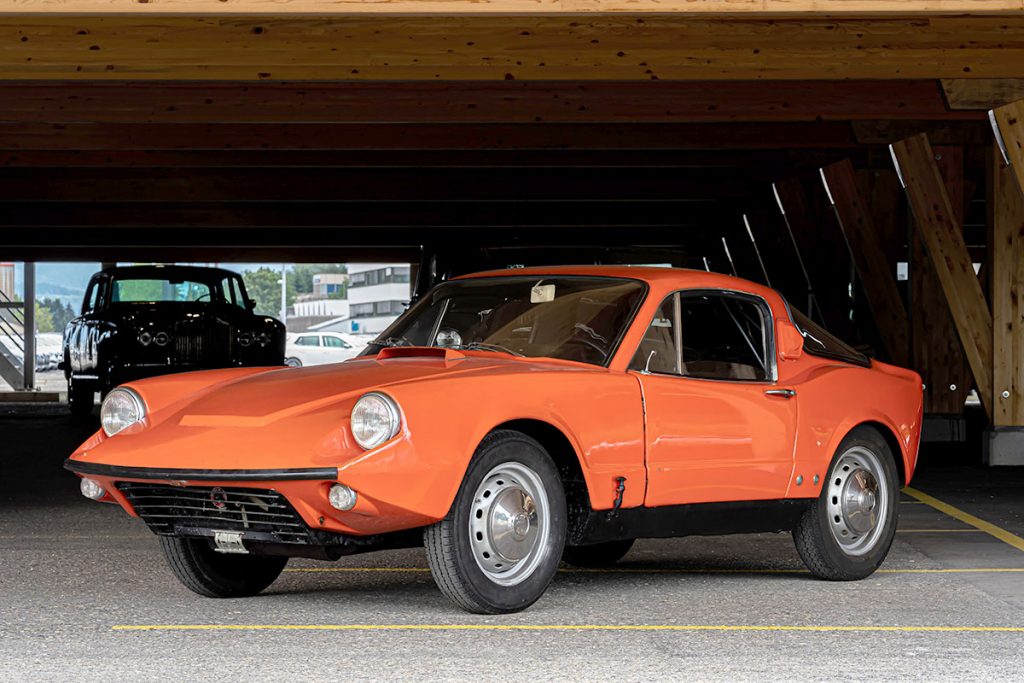
Sason came up with a prototype called the Catherina, which survives in the Saab Museum in Trollhattan. But it was Karlstrom’s design, known as the MFI 13, that Saab favoured. A tubular frame was initially adopted, which housed an 841cc two-stroke engine in its nose, but this was soon dropped in favour of a steel-reinforced glassfibre chassis. This in turn was then swapped for an immensely strong sheet metal box-frame construction.
Convinced that the new car would be a hit, Saab resolved to unveil it at the March 1966 New York Auto Show, as the Saab 97. By this point it was autumn 1965, and before the unveiling three hand-made prototypes would have to be constructed, along with 10 pre-production cars; another 15 of the latter would have to be made within weeks of the show closing. Having to make the prototypes in such a short space of time meant that the rear window didn’t open, there was no removable roof panel, and the back window had to be made of plastic instead of glass.
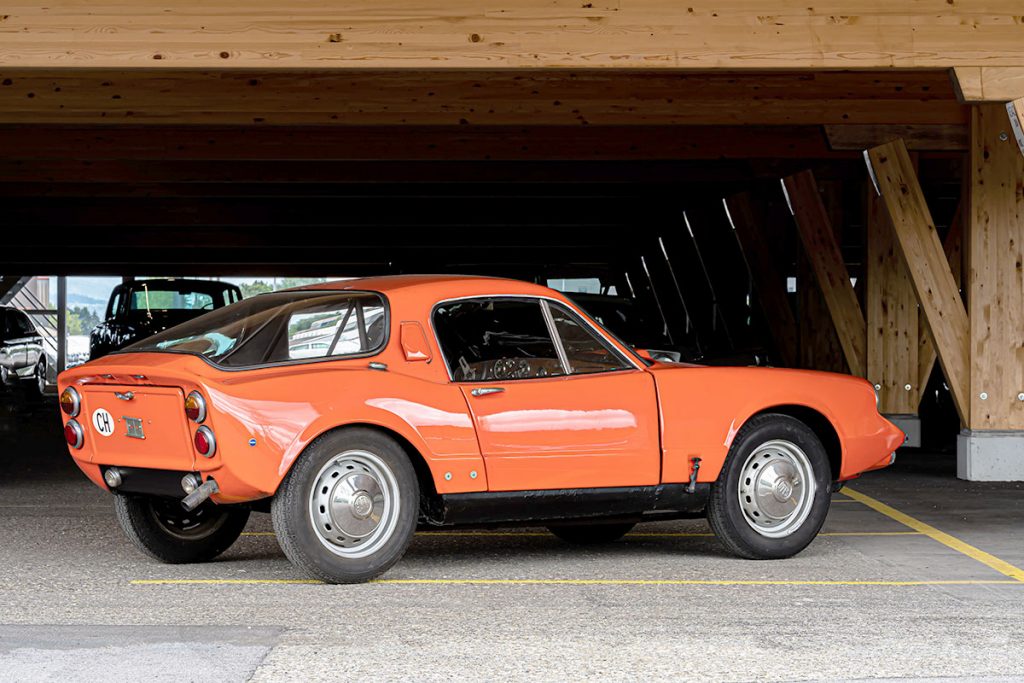
Saab kept to its deadlines, however. The new sports car was unveiled at the Geneva Salon in March 1966, and then the New York Auto Show immediately after, now christened the Sonett II. But there was a problem. Saab’s American dealers had said that the price needed to be kept to no more than $3000, but by the time the Sonett II was unveiled the sticker price was $3500-$4000; US sales forecasts were immediately revised from 3000 cars per year to no more than 500.
By autumn 1966 just 28 Sonett IIs had been made; the three prototypes and the 25 pre-production cars. But then the regular production cars started to roll off the production lines, powered by a two-stroke three-cylinder engine from the Monte Carlo 850, tuned to produce 60bhp. After 258 two-stroke cars had been built, Saab switched to a V4 engine, because buyers wanted a four-stroke unit. The solution was to adopt the 1.5-litre V4 engine that Ford Germany had been developing for its ill-fated front-wheel drive Cardinal family car.
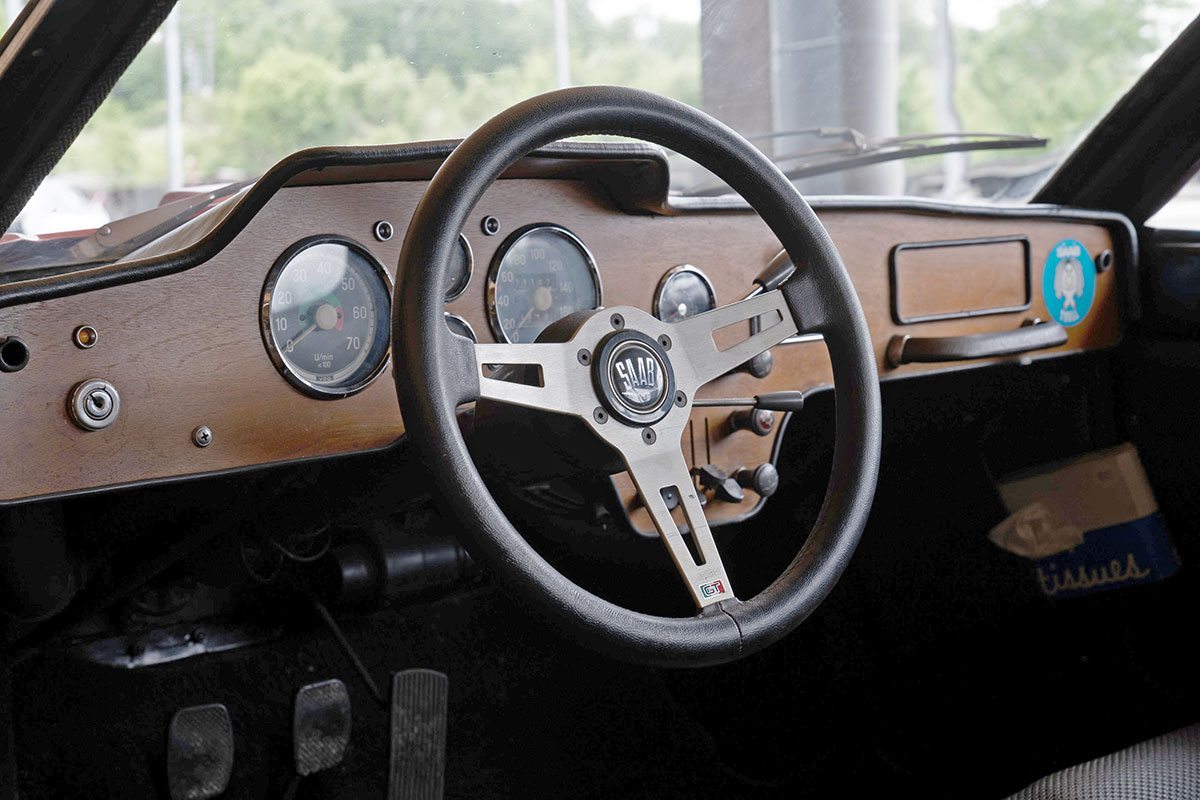
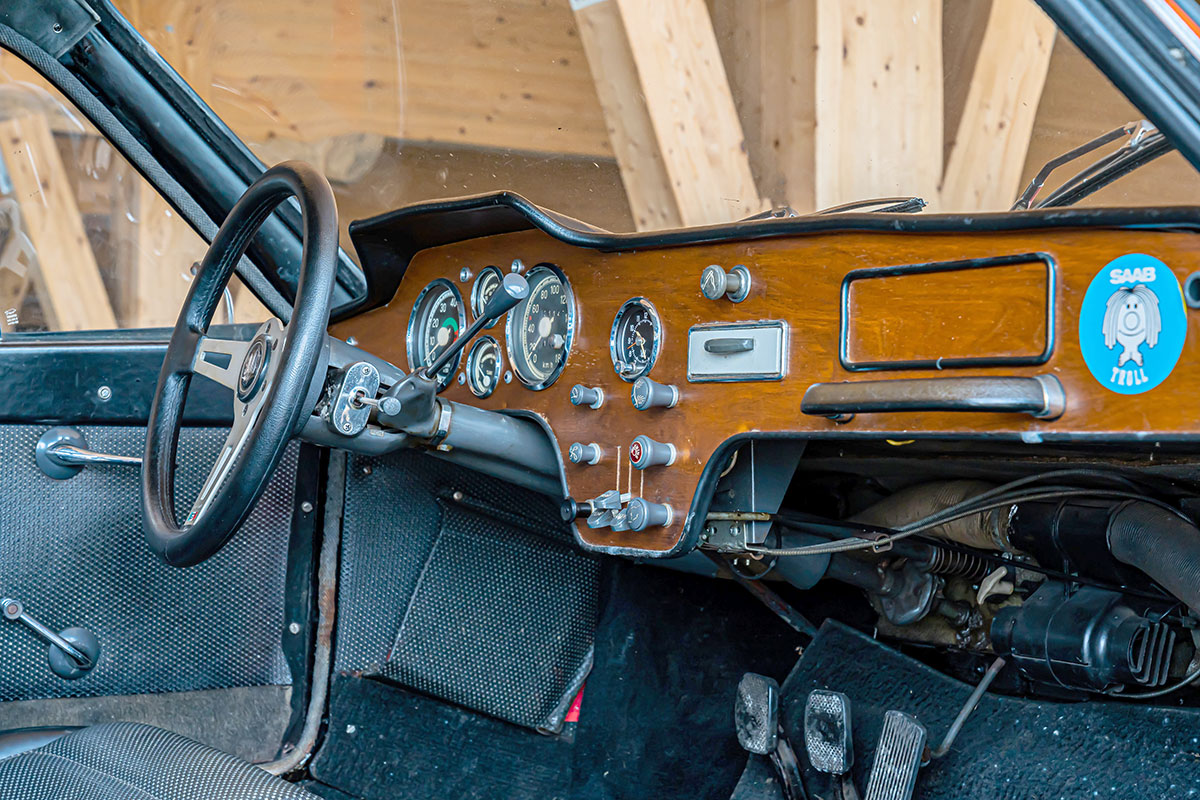
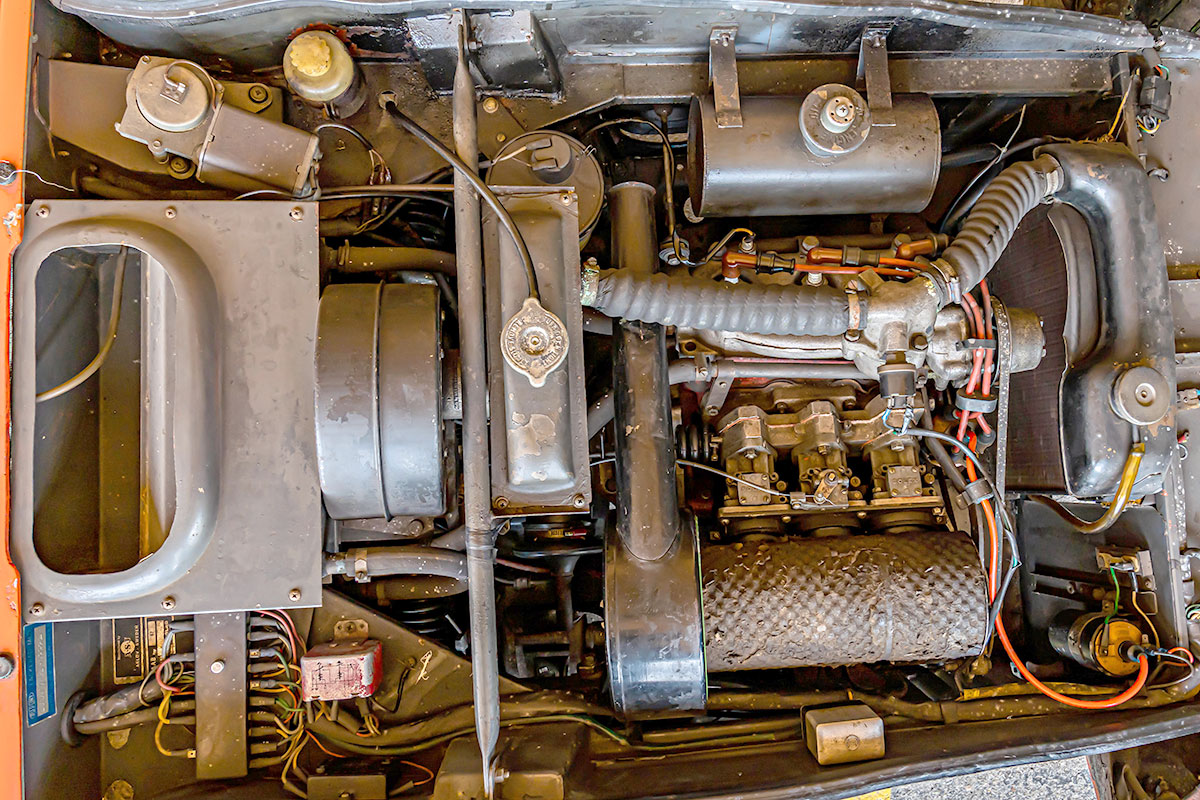
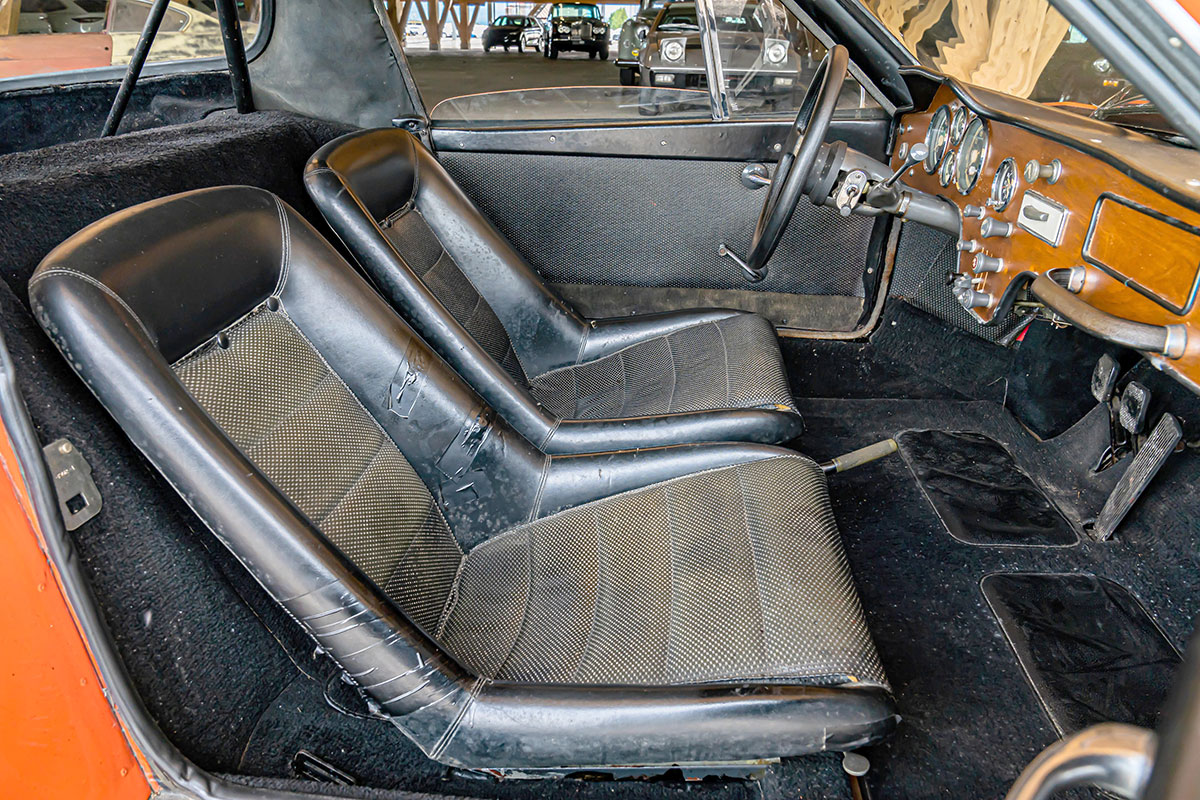
When the Sonett II had been launched the press response was unenthusiastic to say the least, and the fitment of a V4 engine made things even worse. This powerplant added 35kg to the nose weight which altered the handling for the worse, while an ugly bulge had been added to the bonnet to allow the powerplant to fit. The bottom line was that sales were slow, with just 70 V4-powered Sonetts sold in 1967, 900 in 1968 and 640 in 1969.
In a bid to sex things up to improve sales, Saab opted to completely redesign the Sonett. The result was the Sonett III, which was launched in 1970 and which remained in production until 1974. It’s the only Saab Sonett that most people know even existed, and we’ll tell you its story next week…
Read more
7 rapid executive cars that gave Germany a fright
The Saab 900 Turbo was the Tesla of its day
Sierra Alpha Alpha Bravo: the Saab 900 that got away









